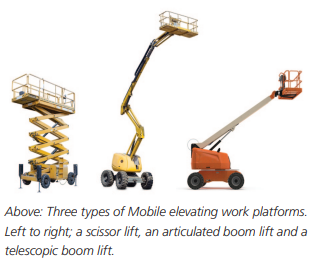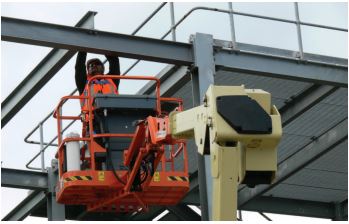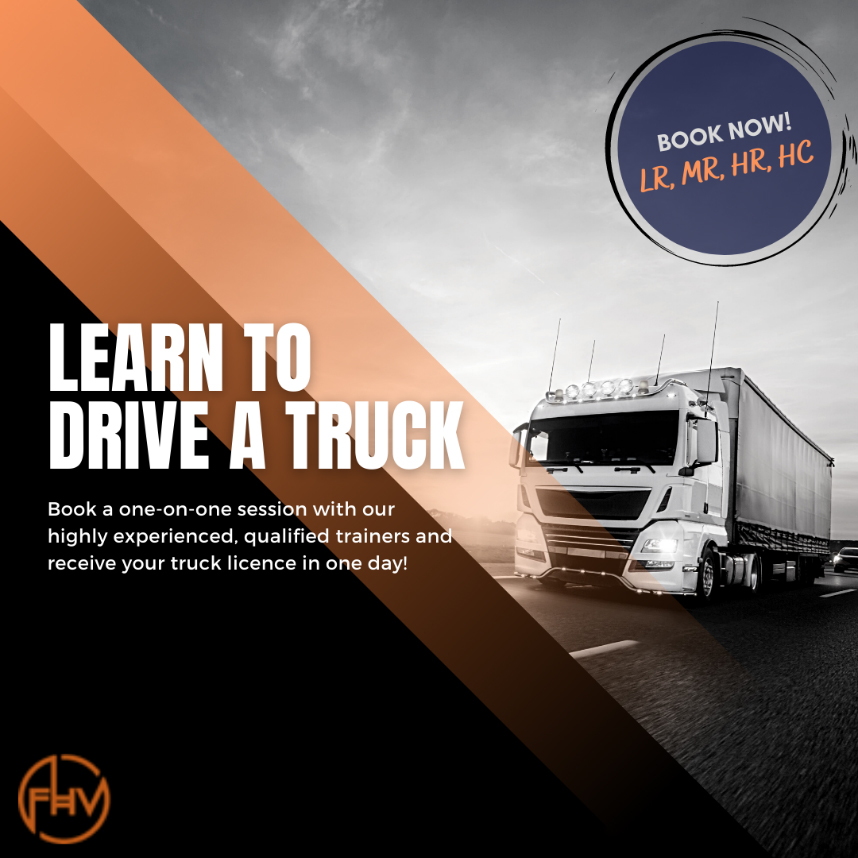Elevated Work Platform Information
PCBUs’ duties
A PCBU must provide workers with reasonable information, instruction, training and supervision to operate the MEWP in all of the foreseeable work situations which may arise.
PCBUs’ duties also include ensuring that:
• the type of MEWP is appropriate for the task being performed
• the work is conducted safely
• workers are supplied with correct personal protective equipment (PPE)
• the MEWP is safe to use in that particular environment (e.g. structures in the area, proximity to other workers and powerlines, ground surface)
• the MEWP is maintained in a safe condition.


Mobile elevating work platforms (MEWPs) are mobile items of plant designed to lift or lower people and equipment by a telescopic, hinged or articulated device, or combination of these, from a base support.
While MEWPs may control work at height risks, the movement of mobile plant introduces new risks. Persons conducting a business or undertaking (PCBU) usually understand the risks MEWPs pose to people on the ground however, what’s often not fully considered is the increased crush risk to workers from the MEWP platform or within the basket. PCBU and self-employed persons must, so far as is reasonably practicable, identify all hazards and eliminate any risks associated with the use of MEWPs in a workplace. Australian Standards AS 2550.10: Cranes, hoists and winches – Safe use. Part 10: Mobile elevating work platforms is an approved code of practice in South Australia.
Workers’ duties
Workers must take all practicable steps to keep themselves safe in the workplace and ensure they do not place others at risk of harm. This includes both the actions they take and the actions they don’t take i.e. not wearing safety gear).
Workers have a responsibility to:
• identify and report hazards as they arise
• follow the safe work procedures and instructions that are in place
• wear any required PPE
• report any accidents or near misses immediately to their supervisor or appropriate person.

